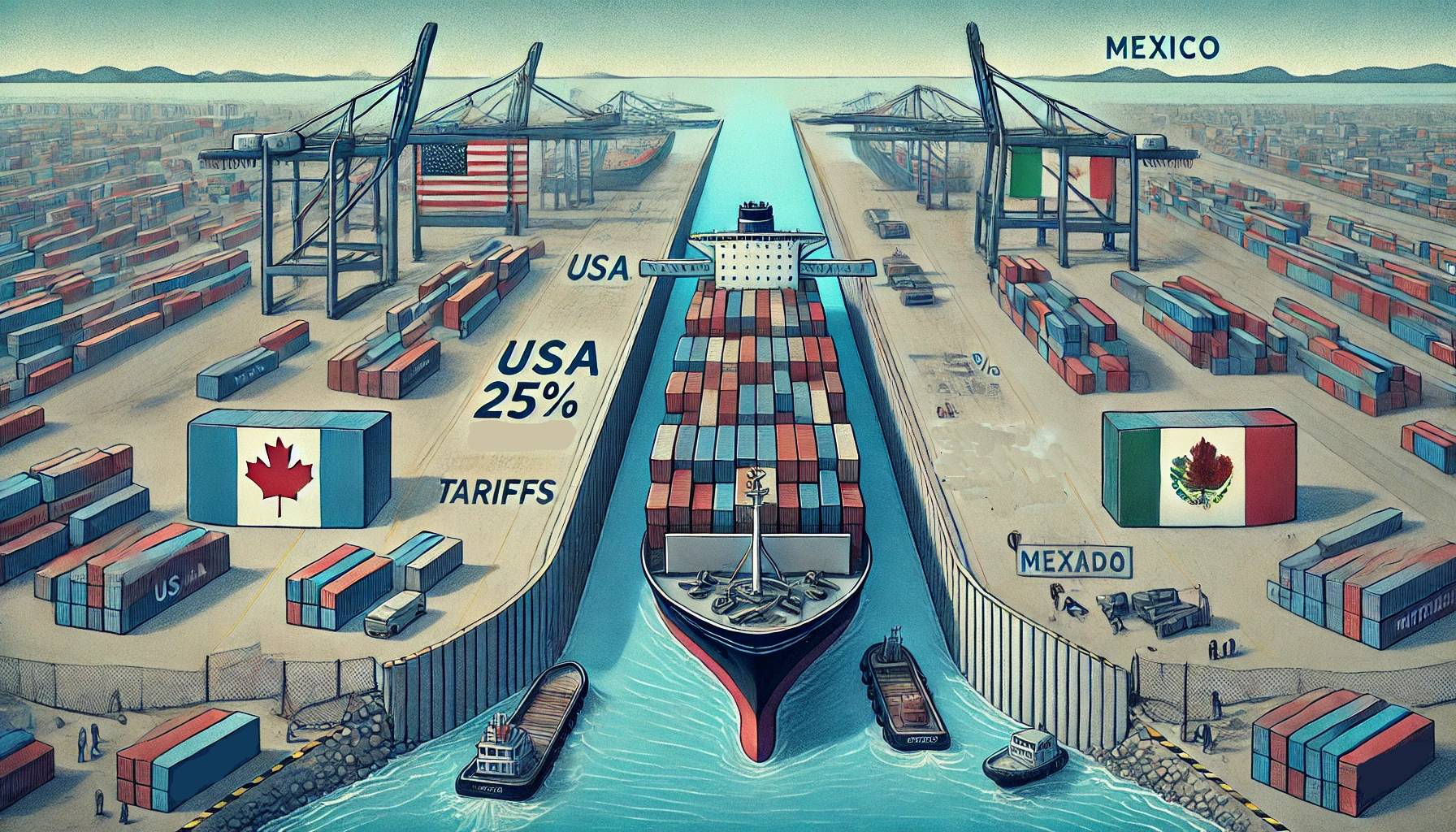| Key Points: – The U.S. trade deficit reached $918.4 billion in 2024, marking the second-largest annual total, while December’s deficit set a record at $98.4 billion. – Strong consumer demand, a robust U.S. dollar, and rising imports—particularly in industrial supplies and consumer goods—outpaced export growth, widening the trade gap. – Escalating trade tensions, including newly imposed and proposed tariffs on Mexico, Canada, and China, could further disrupt trade flows and market stability in 2025. |
The U.S. trade deficit surged to $918.4 billion in 2024, marking the second-highest annual total in history. This 17% increase from 2023 was driven primarily by a sharp rise in imports, which climbed 6.6% to $4.11 trillion, outpacing export growth of 3.9% to $3.19 trillion.
According to the U.S. Census Bureau and the Bureau of Economic Analysis, December’s trade deficit reached a record-high $98.4 billion, up $19.5 billion from November. Monthly exports dropped to $266.5 billion, while imports surged to $364.9 billion.
Key Trends in 2024 Trade Data
- Record Merchandise Trade: The U.S. set all-time highs for total merchandise trade, imports, and the December monthly trade deficit.
- Regional Trade Concentration: Nearly 41% of total U.S. trade involved Mexico, Canada, and China.
- Strong Consumer Demand: Americans continued spending on imported goods such as weight-loss drugs, auto parts, computers, and food, supported by a strong U.S. dollar that made foreign products more affordable.
- Declining Vehicle Exports: U.S. auto-related exports fell by $10.8 billion, largely due to intensified competition from China’s expanding auto industry.
- Growth in Services Sector: Foreign spending on U.S. travel, business, and financial services helped boost service sector exports, which reached $1.107 trillion, up $81.2 billion from 2023.
Policy and Market Impact
Trade flows could face further disruption in 2025 as President Trump escalates trade tensions. This week, the administration imposed—then temporarily paused—25% tariffs on imports from Mexico and Canada. Trump has also proposed an additional 10% tariff on all Chinese imports, building on existing 25% duties from his first term. In response, China announced $20 billion in retaliatory tariffs and new export restrictions on critical minerals.
The U.S. posted its largest bilateral trade deficit with China at $295.4 billion, while also running record deficits with Mexico, Vietnam, India, Taiwan, South Korea, and the European Union. Meanwhile, Trump has made reducing the trade deficit “to zero” a primary policy objective and is considering imposing tariffs on the EU and UK.
Economic Context
A strong U.S. economy and a robust dollar fueled demand for imports, even as American exports faced headwinds in global markets. The U.S. trade deficit as a share of GDP rose to 3.1% in 2024, up from 2.8% in 2023. Many essential goods, such as consumer products and apparel, are no longer produced domestically, further reinforcing America’s reliance on imports.
As businesses rushed to import goods ahead of potential tariff hikes, the trade deficit soared in December, setting a record for the highest monthly deficit and contributing to the second-largest annual trade gap in U.S. history. With ongoing trade disputes and policy shifts, global trade flows could remain volatile in the months ahead.

